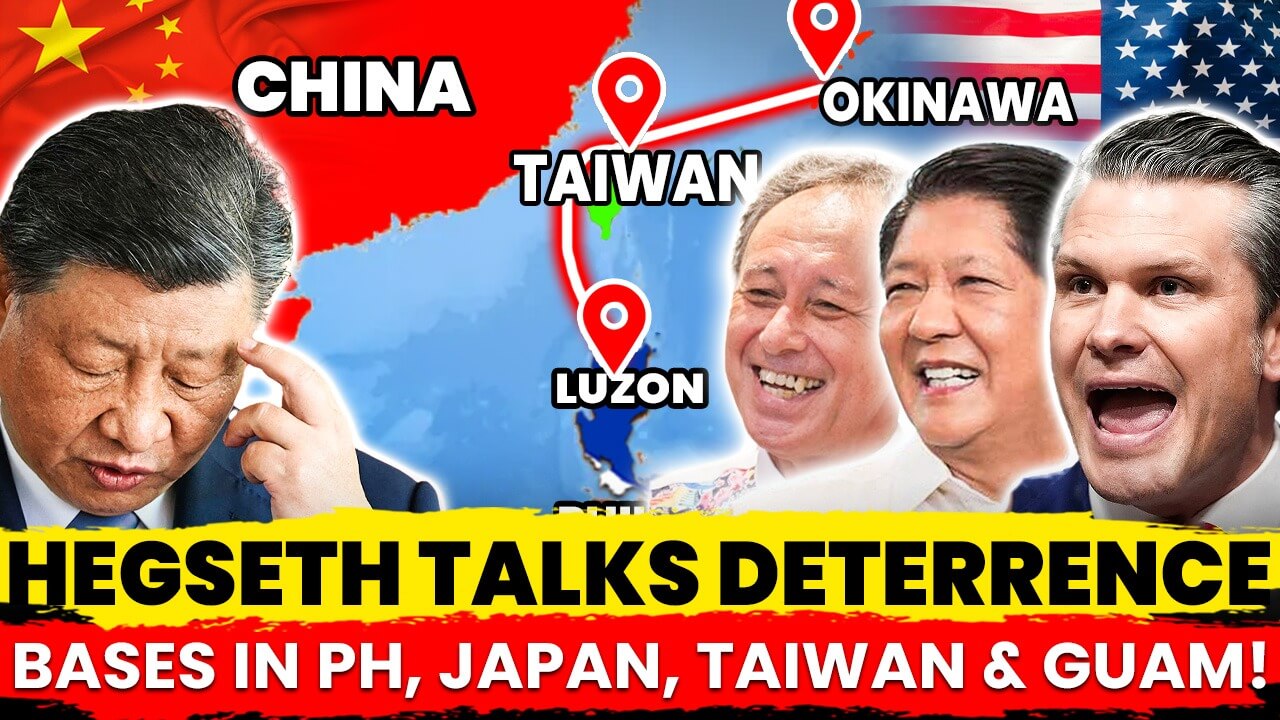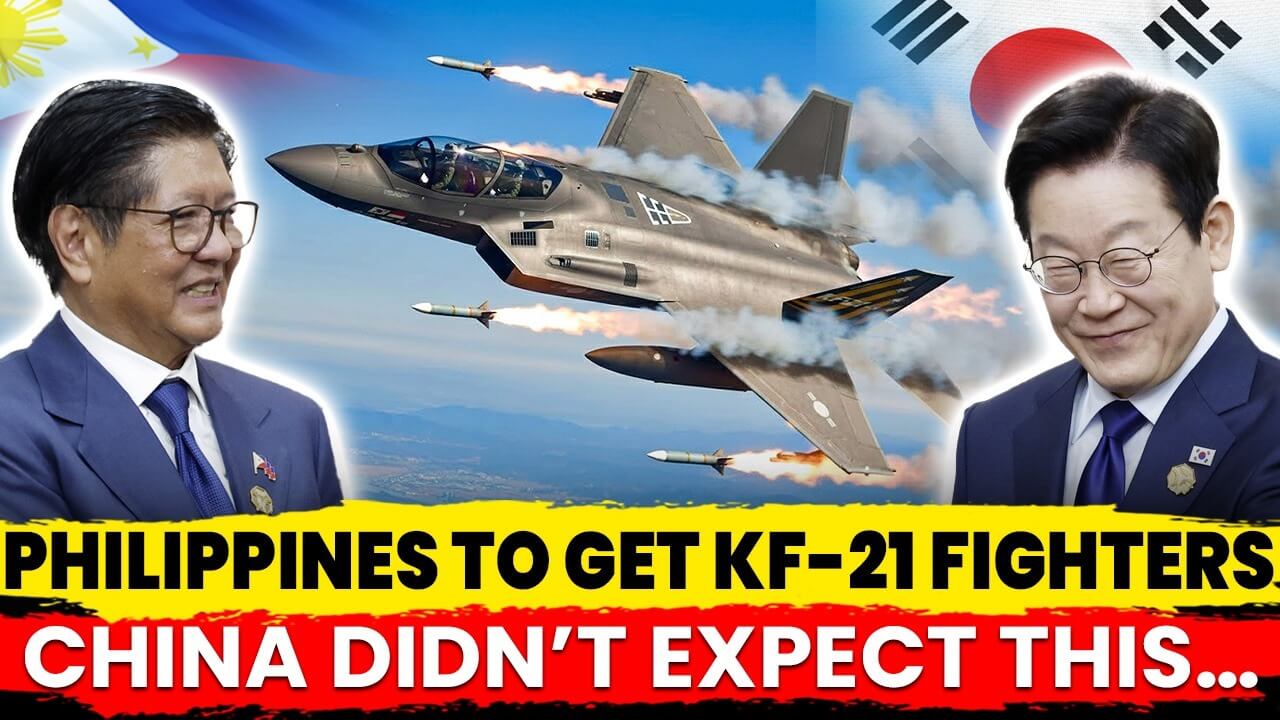The war in Ukraine isn’t just being fought with tanks and missiles, it’s now playing out in political offices and behind closed doors. In a tense moment, Donald Trump reportedly clashed with Ukrainian President Volodymyr Zelenskyy, raising serious questions about America’s future support for Ukraine. European leaders are scrambling to figure out their next move, and Russia is watching closely, ready to take advantage of any cracks in the West’s unity. With so much uncertainty, one thing is clear: the decisions made in Washington, Brussels, and Moscow in the coming weeks could change the course of this war and the future of European security, forever.
Tensions Between Trump and Zelenskyy
In a recent Oval Office meeting, tensions flared between U.S. President Donald Trump and Ukrainian President Volodymyr Zelenskyy over the ongoing war. What was meant to be a diplomatic discussion on ceasefire proposals and future military aid quickly turned into a heated confrontation. Trump, known for his transactional approach to foreign policy, expressed frustration over Ukraine’s continued requests for U.S. support. Zelenskyy, in turn, defended his country’s resistance against Russia, arguing that abandoning the fight would mean the end of Ukraine’s sovereignty.
According to sources, Trump opened the discussion with a sharp critique of Ukraine’s war strategy. “You keep asking for more, more weapons, more money. But let me ask you, Volodymyr, how much longer do you expect this to go on? Americans are tired of footing the bill,” he reportedly said. Zelenskyy, visibly frustrated, responded firmly, stating that Ukraine was not just fighting for itself but for democracy and stability in Europe. He argued that halting support now would embolden Russia and set a dangerous precedent for global security.
Trump, seemingly unmoved by Zelenskyy’s appeal, suggested that Ukraine should start considering negotiations. “That’s not my problem. My responsibility is to the American people. We’ve done more than enough. Maybe it’s time you start thinking about negotiating,” he said. Zelenskyy, refusing to back down, countered that any negotiation under Russian terms would be equivalent to surrender. He emphasized that Ukraine needed strong allies, not ultimatums.
As the conversation grew more tense, Trump reportedly questioned whether Ukraine had shown enough appreciation for U.S. aid. “We’ve given you billions, and you still come here demanding more. Maybe a little appreciation would go a long way,” he remarked. Zelenskyy, maintaining his composure, replied, “We are grateful, but gratitude alone won’t stop Russian missiles.” The meeting ended abruptly, with Trump walking out, leaving diplomatic tensions at an all-time high.
The fallout from this clash was immediate. Within Ukraine, political opposition seized the moment to criticize Zelenskyy, arguing that his uncompromising stance was risking relations with key allies. Some factions even called for his resignation, claiming that he was isolating Ukraine at a time when diplomatic support was crucial. Meanwhile, European leaders watched closely, with France and Germany renewing their push for ceasefire negotiations. The uncertainty surrounding U.S. commitment to Ukraine under a potential Trump administration left many wondering if Europe would need to step up as an independent security actor.
This diplomatic clash raises critical questions about the future of the war. Can Ukraine sustain its resistance without strong U.S. backing? Will European nations fill the void left by Washington’s wavering stance? How will Russia respond to shifting Western support? And what does this mean for NATO and global security? As the war drags on, the balance of power continues to shift, and the next few months will be crucial in determining whether Ukraine can maintain its defense or if diplomatic pressures will force a change in strategy.
Pentagon’s Cyber Operations Pause
In a related development, U.S. Defense Secretary Pete Hegseth has ordered a temporary halt to offensive cyber operations against Russia. This decision is part of diplomatic efforts to encourage Russian President Vladimir Putin to negotiate an end to the war in Ukraine. However, this move has raised concerns about potential vulnerabilities in U.S. cybersecurity and intelligence gathering on Russian activities.
The U.S.-Ukraine Mineral Deal Controversy
The proposed Ukraine–United States Mineral Resources Agreement, intended to establish terms for joint investment in Ukraine’s natural resources, was left unsigned after the contentious meeting between Trump and Zelenskyy. The failure to finalize this agreement has economic implications for Ukraine’s reconstruction efforts and has been met with strategic opposition from Russia.
Europe’s Response: Can the Continent Secure Itself?
Europe is standing at a historic crossroads, caught between an escalating war in Ukraine and an uncertain future with its transatlantic ally, the United States. UK Prime Minister Keir Starmer wasted no time in rallying European leaders to take charge of their own security, urging them to step up military aid to Kyiv, tighten economic pressure on Russia, and ensure Ukraine’s place at the negotiating table. His message was clear: Europe can no longer afford to be passive, it must act.
But tensions are rising on both sides of the Atlantic. A heated exchange between U.S. President Donald Trump and Ukrainian President Volodymyr Zelenskyy sent shockwaves through diplomatic circles, exposing deep fractures in Western unity. Trump slammed Zelenskyy’s recent remarks that the war’s end was still “very, very far away,” claiming the Ukrainian leader had no interest in peace as long as U.S. support remained intact. The Kremlin wasted no time seizing the moment, with its spokesman Dmitry Peskov declaring that someone, perhaps Europe, must “force” Zelenskyy to negotiate.
In Berlin, Germany’s expected next leader, Friedrich Merz, is sounding the alarm. While he remains committed to NATO, he believes Europe must prepare for a future where it plays a much bigger role in its own defense. His remarks come as France also voices growing frustration with Trump’s handling of Ukraine, adding fuel to the idea that Europe must rethink its reliance on Washington. Could this mark the beginning of a major European military shift?
Signs of change are already appearing. Starmer has announced a $2 billion arms deal to boost Ukraine’s defenses, positioning the UK as a central force in countering Russian aggression. Talks of a “coalition of the willing” suggest that some European nations might be ready to take bolder steps, possibly even deploying peacekeeping troops after a ceasefire. At the same time, the EU’s “Rearm Europe” initiative is gaining traction, focusing on strengthening military capabilities and reducing dependence on the U.S.
With the war dragging on and political fault lines deepening, one question looms large: can Europe secure itself? If Trump returns to the White House or U.S. priorities shift further away from Europe, the continent may have no choice but to take full control of its own destiny. The coming months could determine whether Europe rises to the challenge, or remains trapped in the shadow of its past dependencies.
Military and Strategic Developments on the Ground
This is a major turning point in the war and Europe knows it.
With the UK announcing a $2 billion military aid package for Ukraine, including 5,000 air defense missiles, Prime Minister Keir Starmer is signaling a decisive shift. He isn’t just offering weapons; he’s rallying European nations to form a “coalition of the willing” to ensure Ukraine’s security, even in the event of a peace deal with Russia. But there’s one key player still looming over these decisions, the United States. Starmer made it clear that any peace plan must go through Washington first.
Yet, cracks in the transatlantic alliance are becoming harder to ignore. U.S. President Donald Trump’s scathing remarks about Ukraine’s unwillingness to negotiate have fueled tensions, with the Kremlin quick to capitalize on the rift. Russia’s spokesman, Dmitry Peskov, doubled down, claiming that Zelenskyy must be “forced” to the table. France’s foreign minister issued a chilling warning: war is creeping closer to Europe’s doorstep, and the risk has never been higher.
For Ukraine, the stakes couldn’t be clearer. Zelenskyy has doubled down on his demand for “real security guarantees,” emphasizing that territorial concessions are off the table. With 20% of Ukraine still under Russian control, the question remains: will Europe’s latest push be enough to turn the tide, or is this just another stopgap in a war with no end in sight?
On the battlefield, Ukraine is still holding the line, but the challenges are mounting. Overnight, Ukraine’s military reported downing 46 of 83 Russian drones, highlighting the ongoing intensity of Moscow’s air assault. Meanwhile, a fire at one of Russia’s largest oil refineries raises questions about the effectiveness of Ukraine’s counterstrikes and cyber warfare capabilities. With British air defense missiles soon to arrive, will Ukraine finally gain the upper hand in the skies?
As the London summit concluded, world leaders vowed to take a new Ukraine peace plan to the U.S. But with Trump and other American voices growing skeptical, the real battle may not be on the front lines, it may be in Washington, where the fate of Ukraine’s future hangs in the balance.
The Path to Peace: Ceasefire Proposals and Geopolitical Calculations
The war in Ukraine has reshaped global politics, pushing nations to reassess their diplomatic strategies and security commitments. As discussions about ceasefire proposals continue, the question remains: can a peaceful resolution be achieved, or are we witnessing a prolonged geopolitical struggle?
Russia’s Stance: No Compromises, No Territorial Concessions
Moscow remains firm in its position, refusing to concede any of the territories it has occupied. The Kremlin has repeatedly called for Western nations to pressure Ukrainian President Volodymyr Zelenskyy into peace talks on Russia’s terms. However, Kyiv maintains that any agreement must ensure the full restoration of Ukraine’s sovereignty. This standoff makes negotiations difficult, as both sides refuse to yield.
Europe’s Ceasefire Initiatives and Diplomatic Efforts
European nations are taking a more proactive role in seeking a ceasefire. France has proposed a one-month ceasefire to allow for diplomatic negotiations, while the UK has remained cautious about endorsing any proposal that might undermine Ukraine’s position. British Prime Minister Keir Starmer has organized a summit to discuss a European-led peace plan, aiming to create a framework for dialogue. However, with different nations pursuing varying approaches, achieving consensus remains challenging.
The Future of U.S. Involvement: Isolationism or Strategic Engagement?
With the upcoming U.S. elections, the role of Washington in the Ukraine conflict is uncertain. President Donald Trump has expressed reluctance to provide security guarantees, raising concerns among NATO allies. If U.S. support declines, Europe may need to take on greater responsibility for regional security. This shift could redefine transatlantic relations and force European nations to enhance their military capabilities.
Conclusion: The Future of Global Power Dynamics
As the war continues, several key questions remain unanswered. Will Europe emerge as a stronger independent security actor? Can Ukraine sustain its resistance without significant U.S. military aid? How will Russia handle growing economic and military pressures? The outcome of this conflict will not only shape the future of Ukraine but also redefine global security and alliances for years to come.



